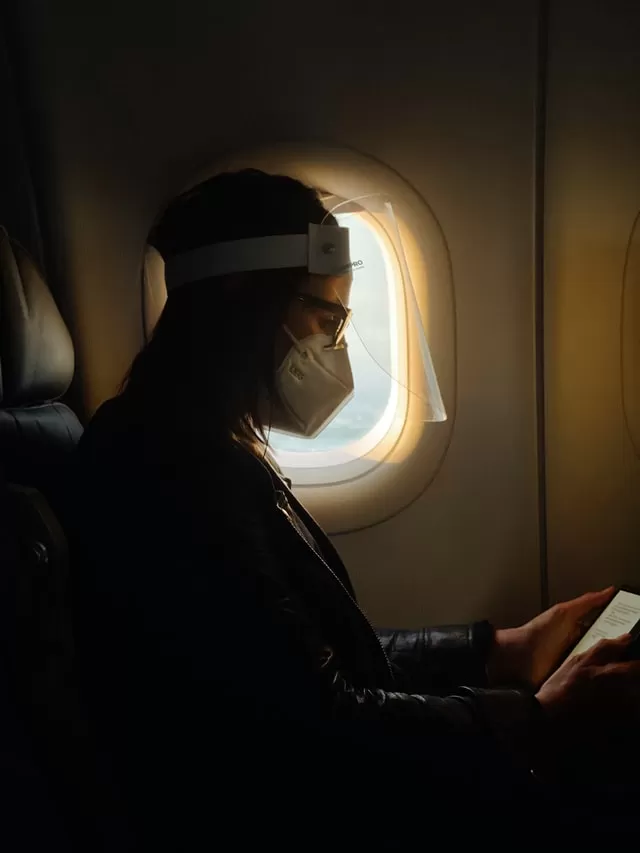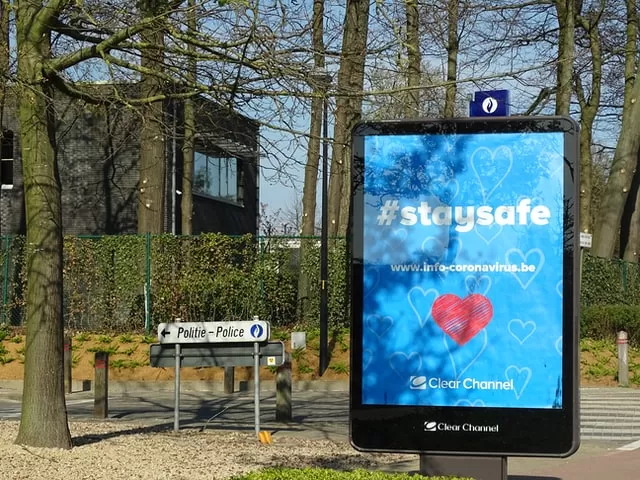COVID 19, the present worldwide pandemic has impacted our lives in ways we never imagined. Travelling is clearly no more a choice pertaining to the difficult situation we are facing right now. Rather it is now a need for many who are away from home and stranded in different states of the country. As the transport system is gradually resuming once again, all the states have laid down their safety guidelines and protocols for travellers that they must adhere to upon their arrival or departure.
So, in the very unfortunate event that you are having to travel urgently due to various purposes during the ongoing pandemic situation, we are here to help you with some safety guidelines that you must follow to minimize the risk of you getting infected by any chance. Stick around to get your ultimate travel guide during COVID 19 that will smoothen your emergency travel hassles:
Air Travel

In case you do not have the convenience of any means of private transport such as your own car, experts believe that air travel is the safest option as nearly everything in the airport is being carried out without any human contact.
From the entry to the security check— you pretty much need to do everything by yourself. Passengers are put through a thermal screening and COVID 19 test at the entry. Also, every passenger must download the Aarogya Setu tracking app. Even at the security check passengers need to print their boarding pass and luggage tag. Further, they are handed over a PPE kit consisting of a face mask, a face shield, a gown and a sanitizer through sci-fi at the boarding gate.
Additionally, passengers are once again put through a temperature check and COVID swab test or even an antigen test (wherever applicable) at their destination. Passengers are also required to fill out a health declaration form upon their arrival. So you should probably consider air travel as it seems to be much safer than the other options!
Do’s and Don’ts for Air Travel
Do’s
- Ensure that all your belongings are properly sanitized before you leave for the airport.
- Make sure you reach the airport at least 2 hours before the departure time.
- Make sure that the vehicle in which you travel to the airport is properly sanitized and the driver is wearing a mask.
- Wear a mask and a pair of gloves before you take an entry to the airport.
- Keep your e-documents handy as you get down from the vehicle.
- Ensure a web check-in and print your own boarding pass to avoid any human contact.
- Complete the check-in procedure and security screening 1 hour before the departure time.
- Try to carry as less luggage as possible, preferably carry only one hand baggage.
- Maintain the social distancing norms while you’re in the airport premises
- Wear the PPE accessories provided to you at the airport before you board the flight
- Sanitize your hands every once in a while
Don’ts
- Avoid being late to the airport.
- Avoid going to the aircraft washrooms if not very necessary.
- Don’t crowd in front of the washrooms and maintain social distancing.
- Avoid face to face interactions with fellow passengers.
- Don’t eat or drink anything while on the flight. Just keep your water bottle handy.
- Although newspapers and magazines will not be made available on the flights, don’t touch it even if you find one.
- Maintain social distancing norms and follow the instructions given by the cabin crew as you vacate the aircraft.
- Avoid using baggage trolleys as much as possible.
- Do not travel if you are in a containment zone.
- Do not travel if you are experiencing any symptoms of COVID 19 such as fever, cough or shortness of breath
Road Travel

If you choose to travel by road then availing private transportation is probably your best bet! Consider travelling by your own vehicle if possible to cut down on the potential risks of you getting contaminated by the virus.
The government has permitted movement of people and road travel only from 5 am to 9 pm daily. Various checkpoints have been set up across the roads connecting the different states and cities. Regular thermal screening and swab tests are being conducted at these checkpoints.
People travelling from one state to another via road have to go through all the checkpoints situated on the way. Also, almost every state has made it mandatory to get prior travel permits or e-passes for inter-state or inter-district travel. The travel permits can be acquired from online portals set up by the state authorities.
Additionally, to maintain social distancing, a maximum of 3 passengers are allowed in case of sedans and a maximum of 4 passengers including the driver has been permitted to travel in case of SUVs. In the case of two-wheelers, travelling with a pillion rider has been prohibited. All passengers must wear a mask while travelling, failing which they may be subjected to penalty depending upon the individual guidelines provided by the respective states.
On The Go Travel Tips for Road Travel
- Make sure you wear a mask and a pair of gloves before stepping out of your house
- Ensure that the vehicle has been properly sanitized and the driver is wearing a mask. Also, avoid sitting on the front seat of the car to maintain social distancing.
- In case you are travelling with a co-passenger, make sure you maintain a distance of 2 yards.
- Keep your sanitizer handy and don’t forget to sanitize your hands every once in a while
- Carry extra masks and sanitizers for backup so that you never run out them
- Go for digital payments as it minimizes the risk of coming into any human contact
- Try to carry your own food and avoid eating and drinking anything from outside
- Use disposable spoons and plates in case you need to grab some food from the roadside
- Wash or sanitize your hands before eating
- Dispose of your masks and gloves carefully
- Avoid touching your face and mouth while you are outside
- Cover your face with the inside of your elbow or use a tissue while you cough or sneeze. Remember to dispose of the tissue in a safe place
- Pack extra clothes and make sure you change your clothes once you have reached your destination
Although we have no clue when the present pandemic situation will any better even with the rising number of cases every day, people have gradually resumed to go about their daily lives and work. And undoubtedly these safety guidelines are supposed to become a part of the “new normal” very soon.

